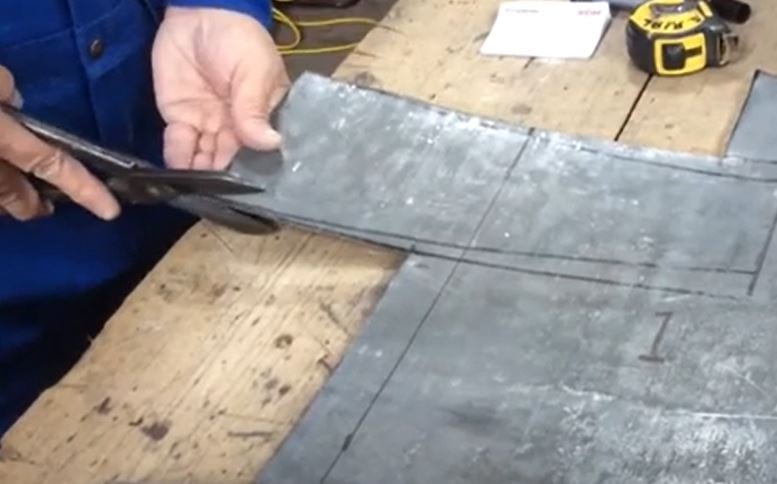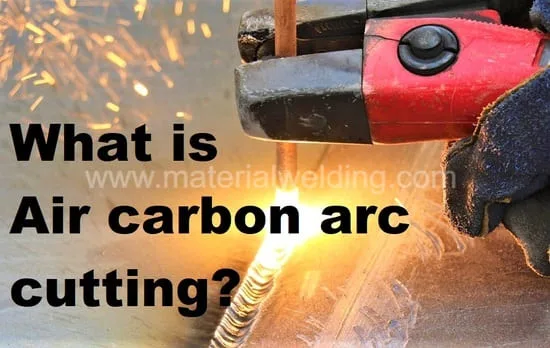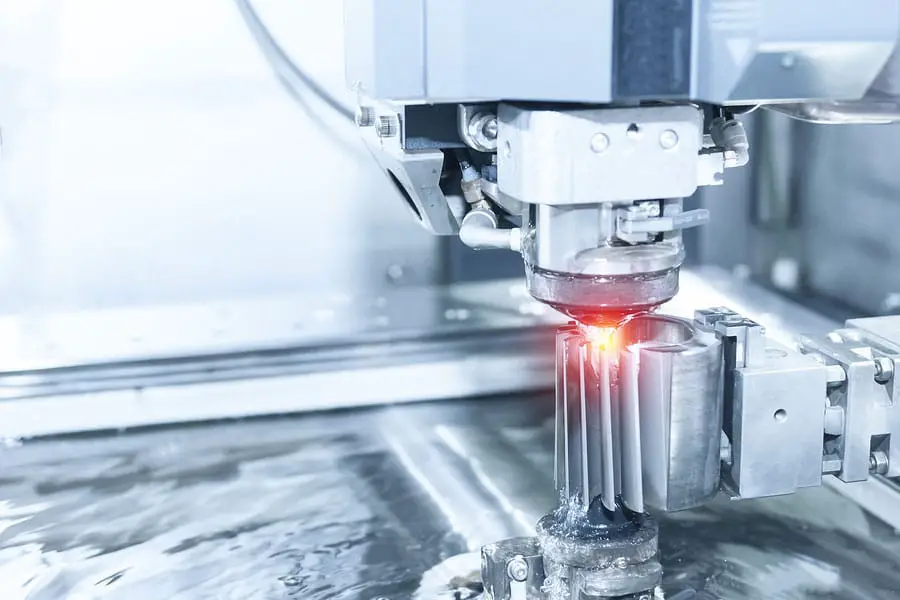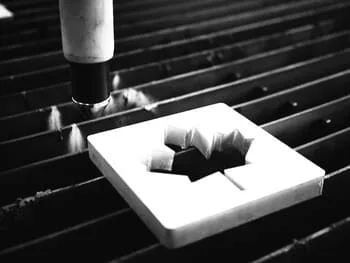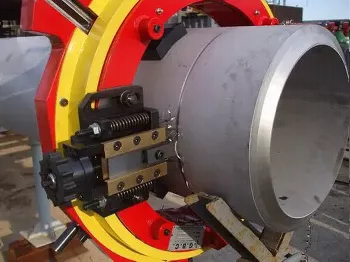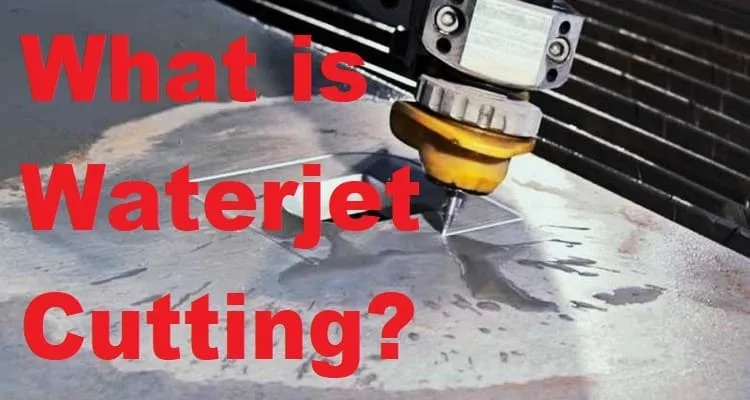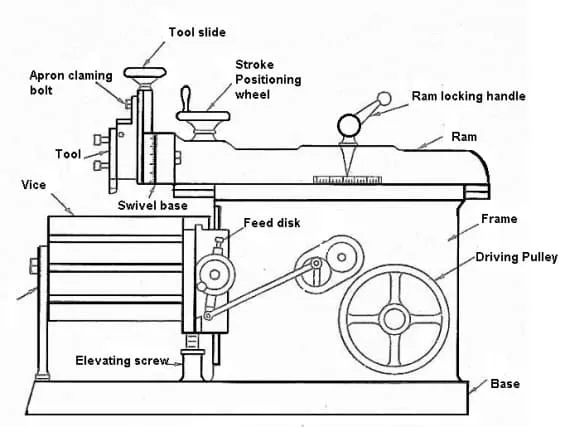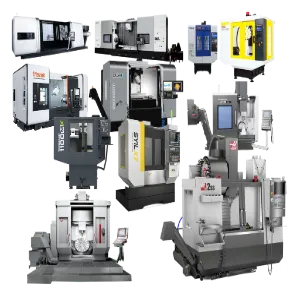Stainless steel is a versatile and durable material widely used in various industries, from construction to manufacturing. However, cutting stainless steel can be a challenging task due to its hardness and resistance to corrosion. In this article, we will explore different methods and techniques to help you achieve precise and clean cuts on stainless steel.
I. Method 1: Using Power Tools Power tools offer efficiency and precision when it comes to cutting stainless steel. Here are two commonly used power tools:
Angle Grinder: An angle grinder equipped with a cutting wheel is a popular choice for cutting stainless steel. Follow these steps for optimal results:
- Ensure you have a cutting wheel specifically designed for stainless steel.
- Secure the stainless steel piece firmly in a vise or clamp.
- Mark the cutting line using a marker or scribe.
- Put on safety goggles and gloves, and start the angle grinder.
- Slowly guide the cutting wheel along the marked line, applying gentle pressure.
- Avoid excessive force to prevent overheating and damaging the cutting wheel.
- Once the cut is complete, smooth any rough edges with a file or sandpaper.
II. Method 2: Plasma Cutter: A plasma cutter is a more advanced tool suitable for thicker stainless steel cutting. Cutting stainless steel using a plasma cutter is an efficient and precise method that is particularly suitable for thicker stainless steel materials. Here’s a step-by-step guide on how to cut stainless steel using a plasma cutter:
- Gather the Necessary Equipment:
- Plasma cutter: Ensure you have a plasma cutter specifically designed for cutting stainless steel.
- Safety gear: Wear a welding helmet, gloves, and protective clothing to shield yourself from sparks and UV radiation.
- Workbench or cutting surface: Use a non-flammable surface to support the stainless steel piece during the cutting process.
- Prepare the Stainless Steel:
- Secure the stainless steel piece firmly on the workbench or cutting surface using clamps or a vise.
- Ensure the stainless steel is positioned in a way that allows easy access to the cutting area.
- Set Up the Plasma Cutter:
- Connect the plasma cutter to a suitable power source and ensure it is in good working condition.
- Adjust the machine settings according to the manufacturer’s instructions, considering the thickness and type of stainless steel being cut.
- Select the appropriate cutting tip or nozzle for stainless steel cutting.
- Mark the Cutting Line:
- Use a marker or scribe to clearly mark the cutting line on the stainless steel surface.
- Double-check the accuracy of the marking to ensure precise cuts.
- Put on Safety Gear:
- Prioritize safety by wearing a welding helmet with a proper shade to protect your eyes from the intense light generated during the cutting process.
- Wear heat-resistant gloves and flame-resistant clothing to shield yourself from sparks and potential burns.
- Start the Cutting Process:
- Position the plasma cutter’s torch perpendicular to the stainless steel surface, aligning it with the marked cutting line.
- Activate the plasma cutter, and a high-velocity jet of ionized gas (plasma) will be generated.
- Move the torch along the marked cutting line at a steady pace, following the manufacturer’s recommended speed for stainless steel cutting.
- Maintain a consistent distance between the torch and the stainless steel surface, typically around 1/8 inch (3 mm).
- Monitor the Cutting Process:
- Observe the cutting process carefully, ensuring that the plasma cutter is effectively piercing through the stainless steel.
- Adjust the cutting speed or torch angle if necessary to maintain a smooth and continuous cut.
- Complete the Cut:
- Continue moving the plasma cutter along the marked cutting line until the desired cut is complete.
- Avoid stopping or dwelling in one spot for too long to prevent excessive heat buildup and potential damage to the stainless steel.
- Post-Cutting Steps:
- Once the cut is complete, turn off the plasma cutter and allow the stainless steel to cool down before handling it.
- Inspect the cut edges for any roughness or burrs.
- Use a file, sandpaper, or a deburring tool to smooth out any imperfections and create a clean finish.
Remember, cutting stainless steel with a plasma cutter generates intense heat and sparks, so always exercise caution and follow safety guidelines. With practice and proper technique, you can achieve precise and clean cuts on stainless steel using a plasma cutter.
III. Method 3- Waterjet Cutting: Waterjet cutting is a highly precise and efficient method for cutting stainless steel. It utilizes a high-pressure stream of water mixed with an abrasive substance to cut through the material. Here’s an overview of the process:
- Prepare the Waterjet Cutting Machine: Ensure you have access to a waterjet cutting machine, either by owning one or outsourcing the service. Set up the machine according to the manufacturer’s instructions, including connecting the water and abrasive supply. Adjust the machine settings, such as pressure and speed, based on the thickness and type of stainless steel.
- Secure the Stainless Steel: Place the stainless steel piece on the cutting bed, ensuring it is securely clamped or held in place. Use leveling devices to ensure the material is flat and stable, minimizing any vibrations during the cutting process.
- Program the Cutting Path: Use specialized software to create a digital design or import existing CAD files. Define the cutting path, taking into account the desired shape and dimensions. Optimize the cutting path to minimize material waste and maximize efficiency.
- Execute the Cutting Process: Double-check all safety measures, including wearing appropriate protective gear. Start the waterjet cutting machine and initiate the cutting process. The high-pressure water stream, combined with the abrasive substance, will gradually cut through the stainless steel along the programmed path. Monitor the cutting process to ensure accuracy and make any necessary adjustments.
- Finishing Touches: Once the cutting is complete, carefully remove the stainless steel piece from the cutting bed. Inspect the cut edges for any roughness or burrs. Use a file, sandpaper, or a deburring tool to smooth out any imperfections. Clean the stainless steel piece to remove any residual abrasive material.
Cutting stainless steel requires careful consideration of the method and tools used. Whether you choose power tools, hand tools, or opt for waterjet cutting, always prioritize safety and follow the recommended guidelines. Each method has its advantages and limitations, so choose the one that best suits your project’s requirements. With practice and the right techniques, you can achieve precise and clean cuts on stainless steel, unlocking a world of possibilities for your creative endeavors.
